CAPA airline profit outlook worst ever. Airlines, beware the recovery!
The Jul-2020 update of the CAPA world airline industry airline operating margin model, the first since the COVID-19 crisis, projects a negative margin on an unprecedented scale for 2020. It forecasts a narrower loss in 2021, but at a lower margin than at any other time in the jet era - already a low hurdle.
Visibility on all the major elements of the model - world GDP growth, oil prices, passenger traffic growth and fleet growth - is extremely limited. At the model's core is capacity utilisation, and this remains the key to airline profitability.
Load factor, share of aircraft in service, daily utilisation hours, all correlate with airline margins. The three indicators combine to produce a measure of overall capacity utilisation, which has a much closer relationship with margins.
This, and its three components, has collapsed, and is likely to remain below normal levels into next year. Fuel prices also play a part, but their decline in 2020 and likely increase in 2021 will matter less to airline margins than capacity utilisation.
Airline survival has been high so far in the crisis, but could be more challenged as capacity and cost grow.
TO READ ON, VISIT: CAPA airline profit outlook worst ever. Airlines, beware the recovery!

Alaska Air & JetBlue exploit network opportunities as they shrink
Although bolstering liquidity and whittling away cash burn remain the top priorities for US airlines as the COVID-19 pandemic wears on, some airlines are using the crisis to make puts and takes in their networks to bolster their competitive positions when demand ultimately bounces back.
Alaska and JetBlue are examining their networks and have opted to make some changes as a result of the pandemic.
Both airlines are developing deep partnerships with American Airlines, and both are opting to build out Los Angeles - a historically fragmented and extremely competitive market. JetBlue's ambitions in Los Angeles are more robust than Alaska's, which could result in price skirmishes in an already depressed pricing environment.
Still, even with the tactical changes taking place, both Alaska and JetBlue plan to rightsize significantly as spikes in US COVID-19 cases continue to cloud what was already a highly uncertain recovery in demand.
TO READ ON, VISIT: Alaska Air & JetBlue exploit network opportunities as they shrink

COVID-19 suspends aviation strikes - CAPA data
British Airways faces the threat of strike action by cabin crew after failing to agree new terms with Unite the Union. BA has proposed pay cuts for the majority of flight attendants as a way of saving more jobs, although some newer crew members would receive a pay rise. BA has said that it will dismiss employees and re-engage them on new contracts if no agreement is reached.
In spite of this pressure point in airline industrial relations, the number of news articles on CAPA's website that mention the word 'strike' has dried up to a barely noticeable trickle. This metric, which CAPA has tracked over the past decade, has broadly followed the airline profit cycle, not surprising since labour is typically more demanding when the profit cycle is at its peak (and vice versa).
Both measures look set to plummet to their lowest levels this year.
A fall in industrial action would normally be welcome, but not as a reflection of the economic devastation visited on the airline industry by the COVID-19 crisis.
TO READ ON, VISIT: COVID-19 suspends aviation strikes - CAPA data
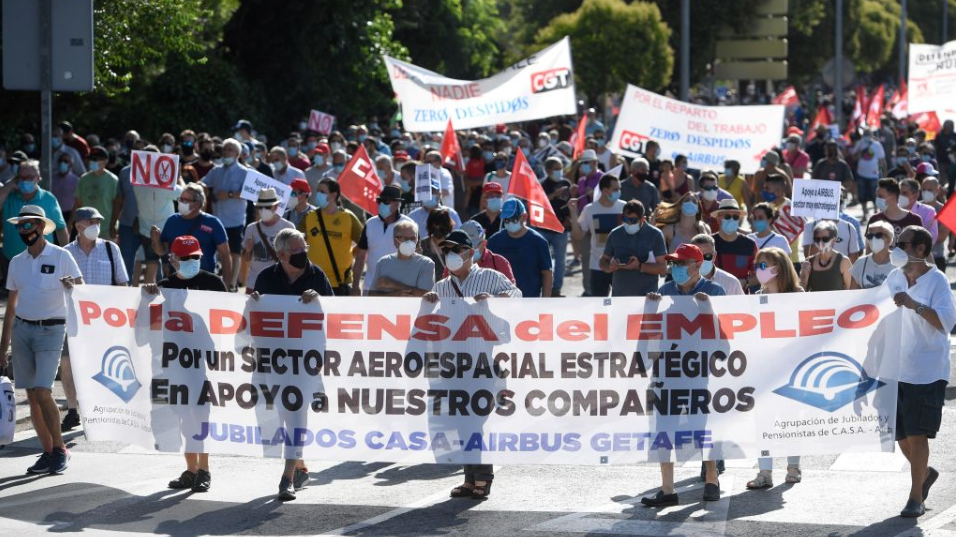
Hawaiian Airlines prepares to shrink as COVID-19 surges
Hawaiian Airlines has had the majority of its operations shuttered since late Mar-2020, since the COVID-19 pandemic forced Hawaii to institute 14-day quarantines for anyone entering the state. The airline's long haul routes have also been idle due to travel restrictions.
During 3Q2020 Hawaiian plans to operate just 15% of the capacity it deployed a year ago, and the company's management has declared that the airline will be 15% to 25% smaller in the US summer of 2021 compared with the same period of 2019.
As it works to rightsize, Hawaiian believes it has sufficient liquidity to weather the COVID-19 crisis, and the airline is being realistic about achieving positive net cash generation.
TO READ ON, VISIT: Hawaiian Airlines prepares to shrink as COVID-19 surges
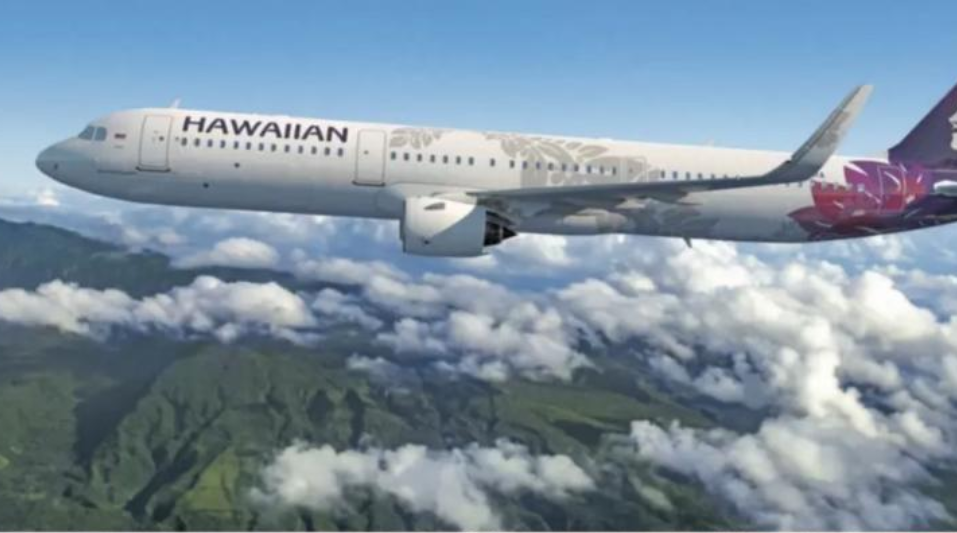
Pandemic's second wave: risk to Japanese domestic aviation revival
The rebound in domestic travel in Japan has been one of the most impressive in the Asia-Pacific region. However, a resurgence of COVID-19 cases in the country is threatening to put the brakes on the pace of recovery.
Japanese domestic capacity has bounced back quickly towards normal pre-COVID levels. Although domestic travel was not shut down to the same degree as in other countries, it was still cut back dramatically by government movement restrictions.
The turning point for the Japan market was when the government removed the country's state of emergency and eased domestic travel restrictions on 19-Jun-2020. This spurred carriers to begin ramping up services again.
But now a second wave of infections - particularly in the key Tokyo market - is causing concerns. The timing is far from ideal, as airlines are looking for Aug-2020 holiday periods to boost demand further. The airlines have decided to ease back on their capacity growth plans for Aug-2020 as bookings dip.
The government has been taking steps to try to keep the domestic travel momentum going with a massive travel promotion, but it has also been forced to dial this effort back somewhat.
TO READ ON, VISIT: Pandemic's second wave: risk to Japanese domestic aviation revival
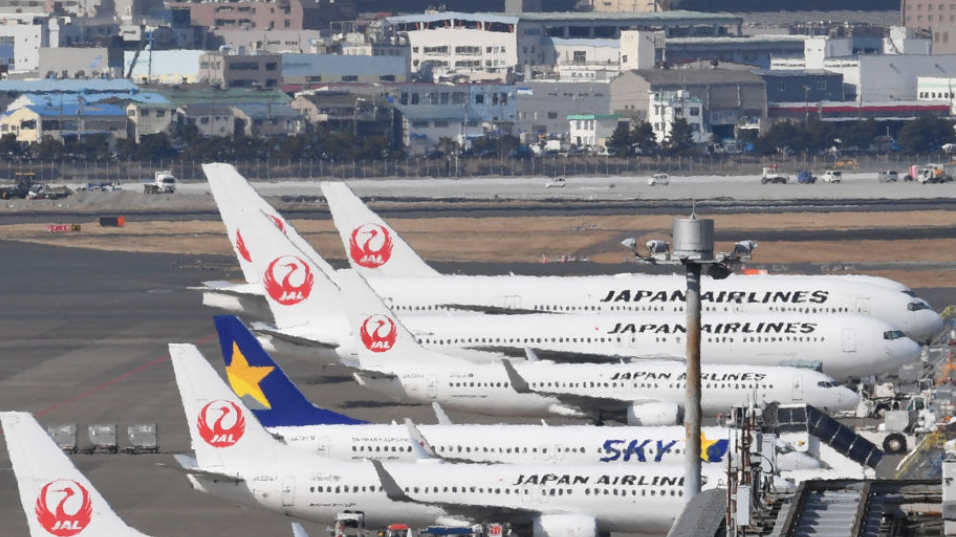
Southwest Airlines' outlook remains dim as COVID-19 rages on
Few airlines are better prepared to weather the COVID-19 pandemic than Southwest, given its strong and growing liquidity. The company was well positioned heading into the US summer travel season and demand, while still deeply depressed, was moving off the bottom.
But a significant spike in US cases has stalled what little demand momentum airlines were gaining from, and now Southwest is bracing for high levels of uncertainty. The extreme fluidity is resulting in Southwest scaling back its capacity, which was going to be higher than those of some of its peers.
Southwest is still working to reach a break-even cash burn by YE2020 but also acknowledges that, given the calcification of demand, it may not meet that goal until 1Q2021.
TO READ ON, VISIT: Southwest Airlines' outlook remains dim as COVID-19 rages on
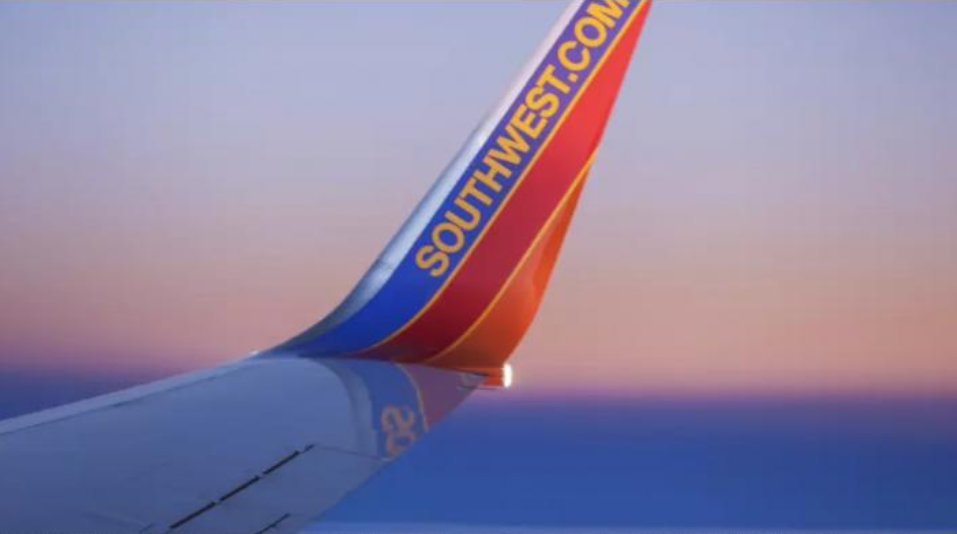
Ryanair & Wizz Air: first mover advantage in European aviation's reset
Ryanair and Wizz Air are the first leading European airline groups to report financial results for the first COVID quarter. As expected, both suffered a dramatic collapse in traffic and heavy losses in the April to June 2020 period. More importantly, both increased their cash balances and have significant liquidity cushions.
After grounding most of their aircraft in the depths of the COVID-19 crisis, Ryanair and Wizz Air are leading the return of capacity. Both view this uncertain and risky period as an opportunity to grow market share, whereas competitors remain more circumspect.
Both airlines are backed by strong balance sheets, low costs (they are, after all, Europe's two leading ultra-LCCs), and large orders of new generation aircraft. Crucially, both are also used to moving quickly in and out of markets according to demand and route profitability.
The crisis has even opened up enough space for both of them in Central Europe, where they have had the most overlap in the past. European aviation has hit the reset button, and Ryanair and Wizz Air are now seeking the first mover advantage.
TO READ ON, VISIT: Ryanair & Wizz Air: first mover advantage in European aviation's reset
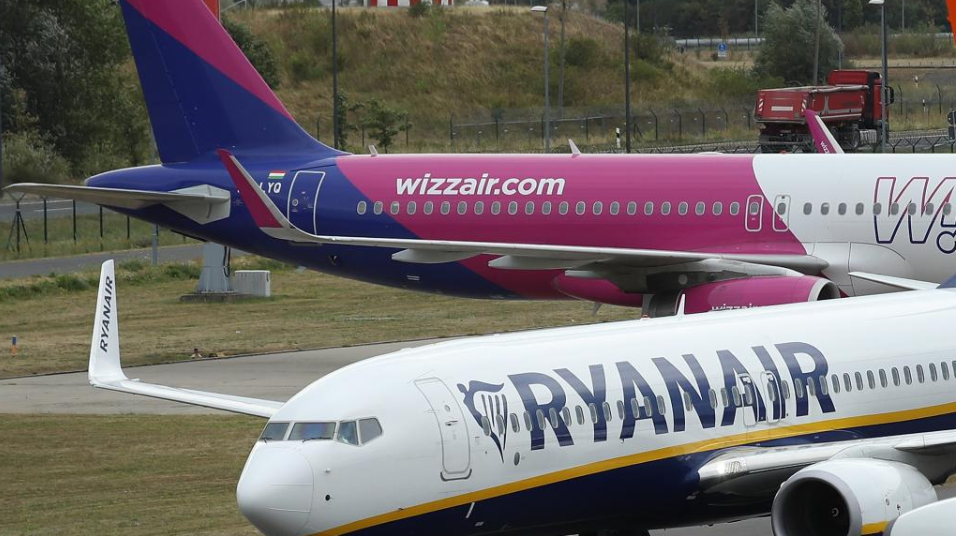
Promising signs for Volaris in Mexico's domestic market
The Mexican ULCC Volaris is taking advantage of what appears to be a decent recovery in Mexico's domestic market. By YE2020 the airline expects demand within the country to reach 65% to 75% of the levels a year ago in 2019, led by the visiting friends and relatives (VFR) segment.
VFR and leisure passengers make up the majority of Volaris' traffic, which positions the airline favourably as the market continues to recover. At the same time, competition seems less intense on domestic routes.
Before the pandemic Volaris was Mexico's largest domestic airline measured by passengers carried, and the company continues to be poised to remain the dominant operator within Mexico. Volaris could also take opportunities to expand its presence in Mexico City Juarez International Airport as competitors pull back from the airport.
TO READ ON, VISIT: Promising signs for Volaris in Mexico's domestic market
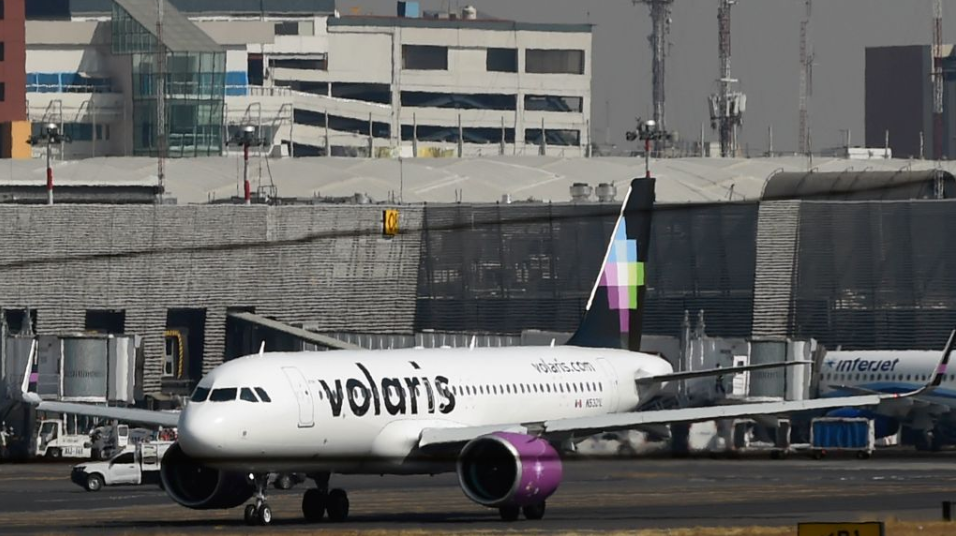
Lisbon Montijo airport: law change planned, to open commercial flights
Across the globe new airport projects are being cancelled and additional infrastructure at large airports is being reviewed - the latest examples being at Singapore Changi and Paris Charles de Gaulle airports.
But the position in Lisbon - where the creaking Humberto Delgado airport would probably have seized up altogether now were it not for the pandemic - is becoming critical.
A new airport for Lisbon has been planned for many decades and Montijo was eventually selected. Montijo Air Base is located in the Montijo Municipality of the Lisbon metropolitan area of Portugal and it supports air elements of the Portuguese Navy.
But - that still has not happened, opposition has continued to mount, and now the government will make another attempt to railroad it through by changing the law.
TO READ ON, VISIT: Lisbon Montijo airport: law change planned, to open commercial flights
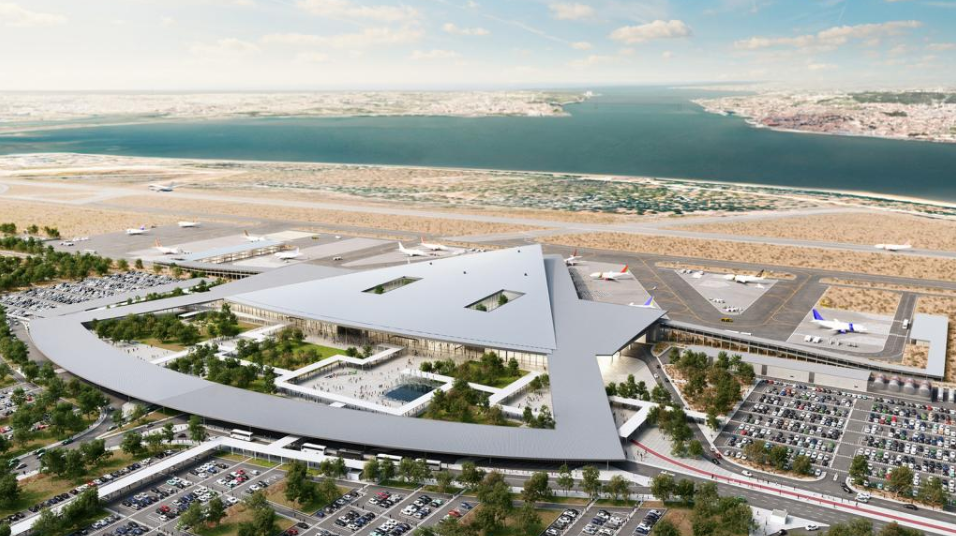
Anchorage Airport regains its 'prominence in air cargo'
It's an ill wind that blows nobody any good. COVID-19 has brought a seriously ill wind, but among the few beneficiaries in the aviation sector it is air freight that has starred.
Alaska's Ted Stevens Anchorage International Airport (ANC), for one is in that category. The COVID-19 pandemic has reinforced its "prominence in air cargo".
The airport reported that cargo volumes had increased 14.5% year-on-year to a record 900,000 tons in 2Q2020, and had increased 7.38% to more than 1.5 million tons in 1H2020. Widebody freighter traffic has increased by nearly 9% so far in 2020, with an average weekly increase of 26.75% since the beginning of Apr-2020.
Anchorage Airport manager Jim Szczesniak stated: "ANC is the centre of the air cargo world and perfectly situated to capture the increased demand for air freighters".
TO READ ON, VISIT: Anchorage Airport regains its 'prominence in air cargo'
